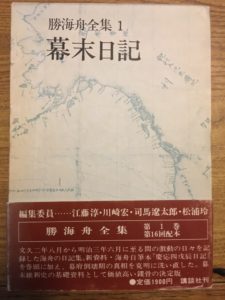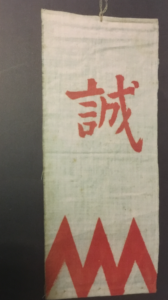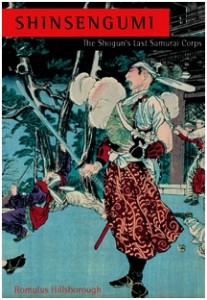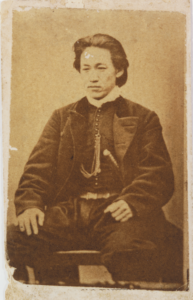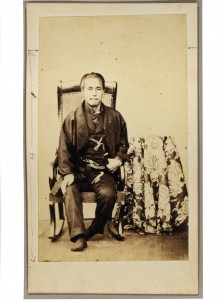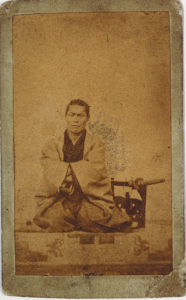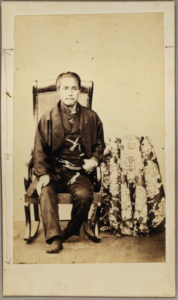
Katsu Kaishu, “the shogun’s last samurai,” was not only an exceedingly interesting man but also one of the highest moral character – an attribute that seems to be sorely lacking among politicians and government officials today. By way of (partial) explanation, I offer the following edited excerpt from my Samurai Revolution:
In early 1868, Katsu Kaishu, as the commander of the forces of the fallen shogun’s regime, was prepared to take drastic measures rather than allow “millions of innocent people to die” in an imminent attack on the shogun’s capital of Edo, modern-day Tokyo, by the army of the new Imperial government. The drastic measures he had in mind were tied to the kenjutsu (Japanese swordsmanship) and Zen training of his youth. “Bushido is found in dying,” asserts the key line of the memorable first chapter of Hagakure, the classic text of samurai values. Death was preferable to disgrace—there was “nothing particularly difficult” about it. Kaishu had reached that critical boundary line to which, it seems, the author of Hagakure had alluded a century and a half earlier. As ever, he wanted nothing more than peace; but, as ever, he would not have peace at any cost. Only a coward would choose life over death without achieving his objective—and Katsu Kaishu, for all his modern sensibilities, was a samurai through and through. Though his objective might be unachievable, he would never accept disgrace—for himself or for the Tokugawa.
[The photo of Katsu Kaishu, taken just before surrender of Edo Castle in spring 1868, is used in Samurai Revolution courtesy of Yokohama Archives of History.]


